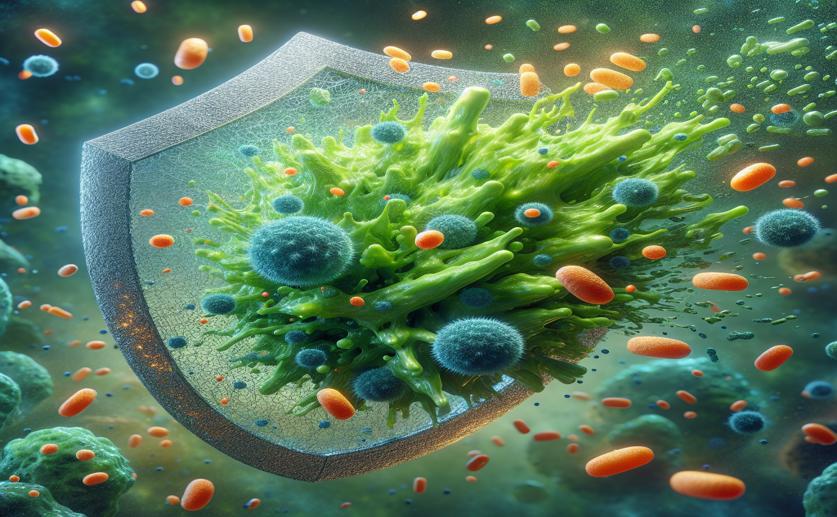
Madecassoside Shield Against Cell Damage From Oxidative Stress
Jim Crocker
11th February, 2024

Image Source: Natural Science News, 2024
References
Main Study
1) Protective effects of madecassoside, a triterpenoid from Centella asiatica, against oxidative stress in INS-1E cells.
Published 10th February, 2024
https://doi.org/10.1080/14786419.2024.2315499



 24th January, 2024 | Phil Stevens
24th January, 2024 | Phil Stevens